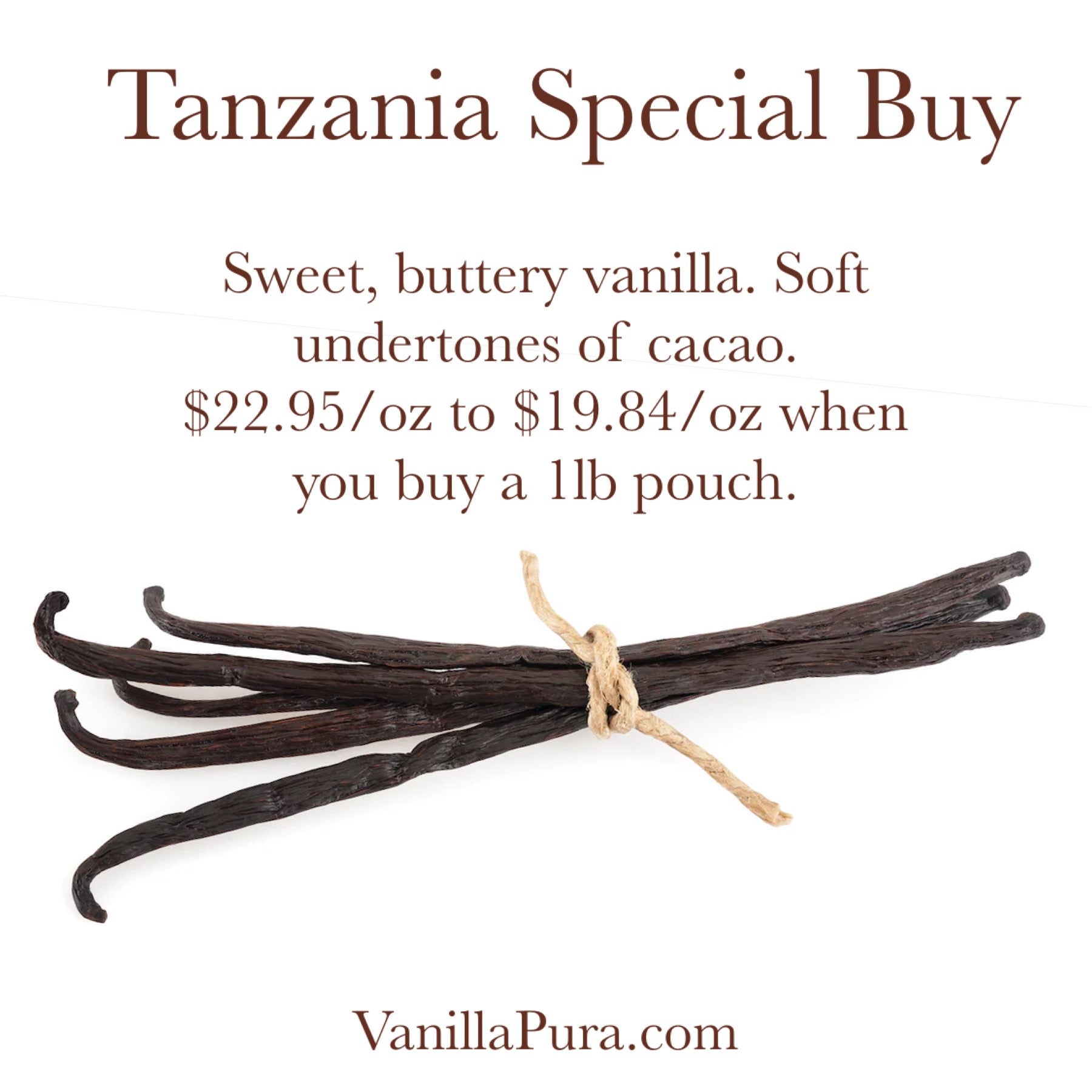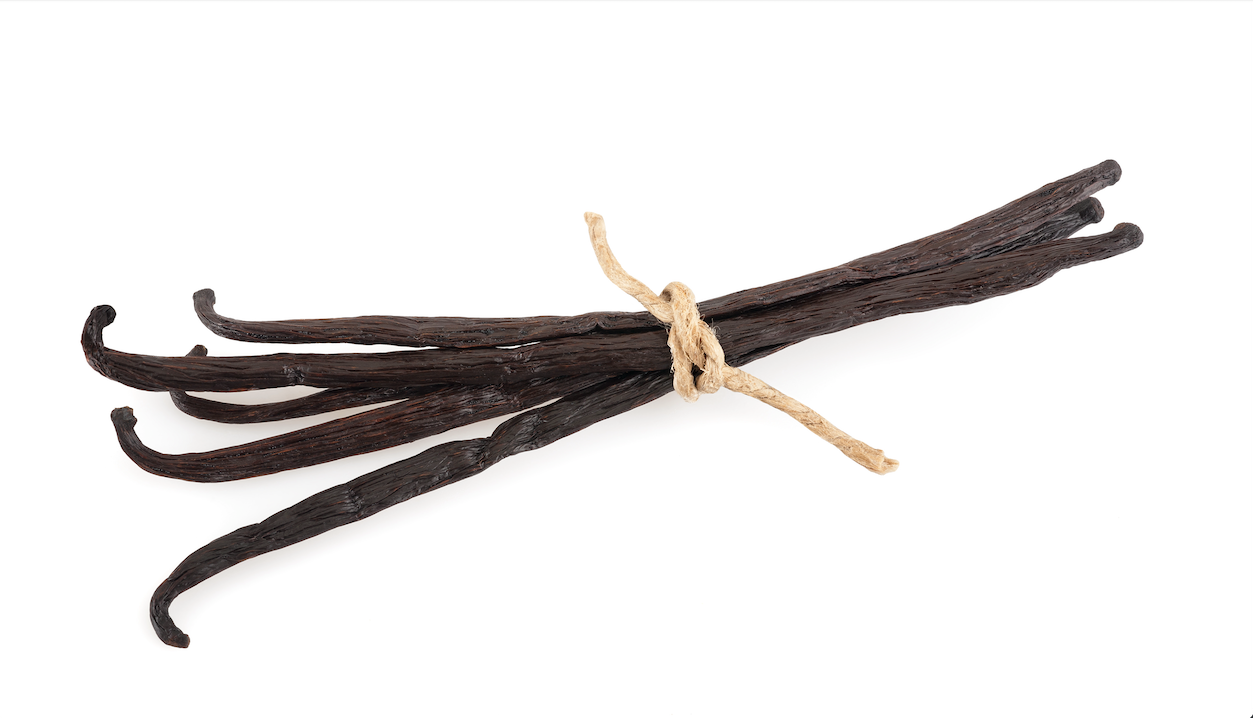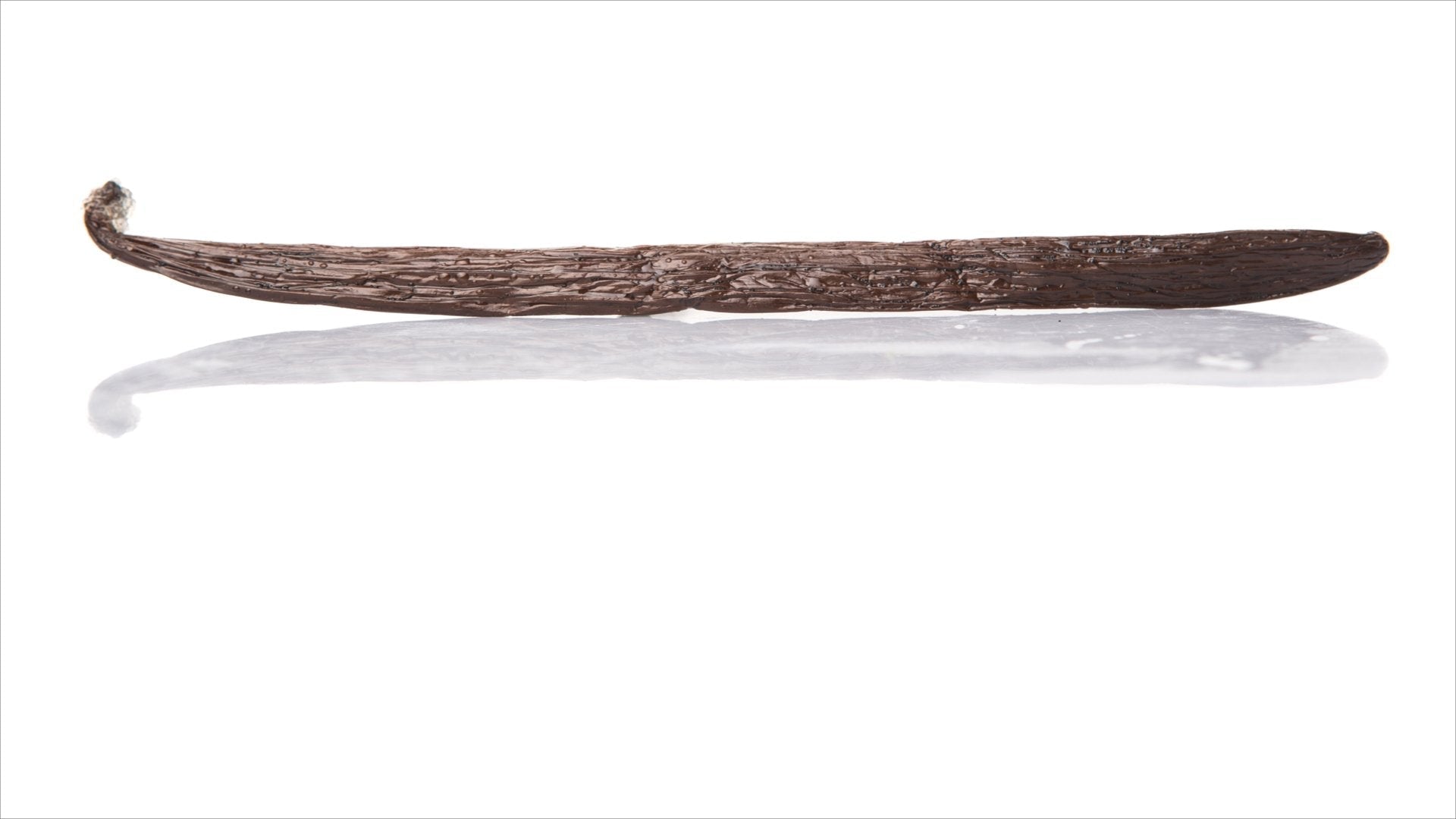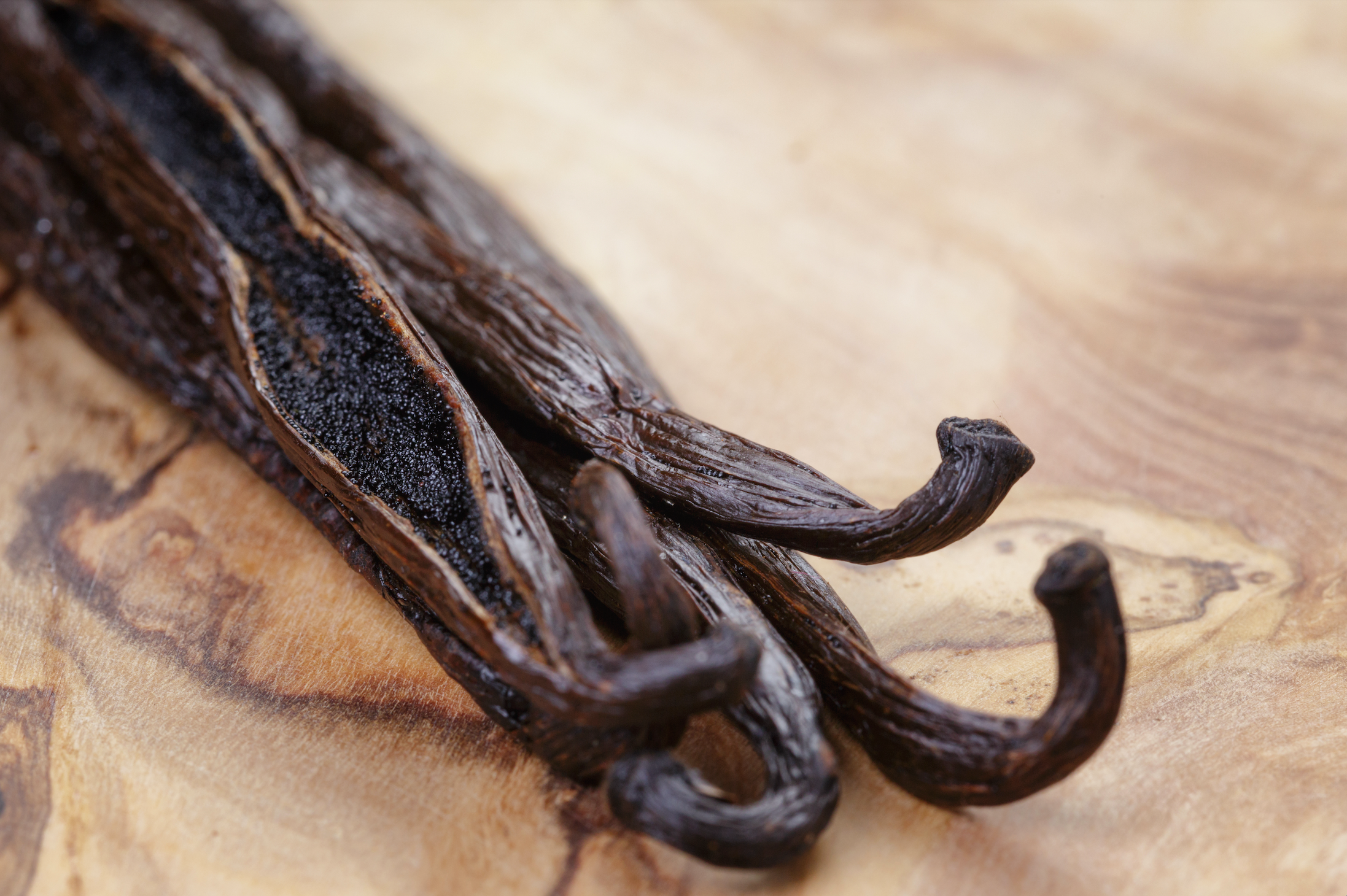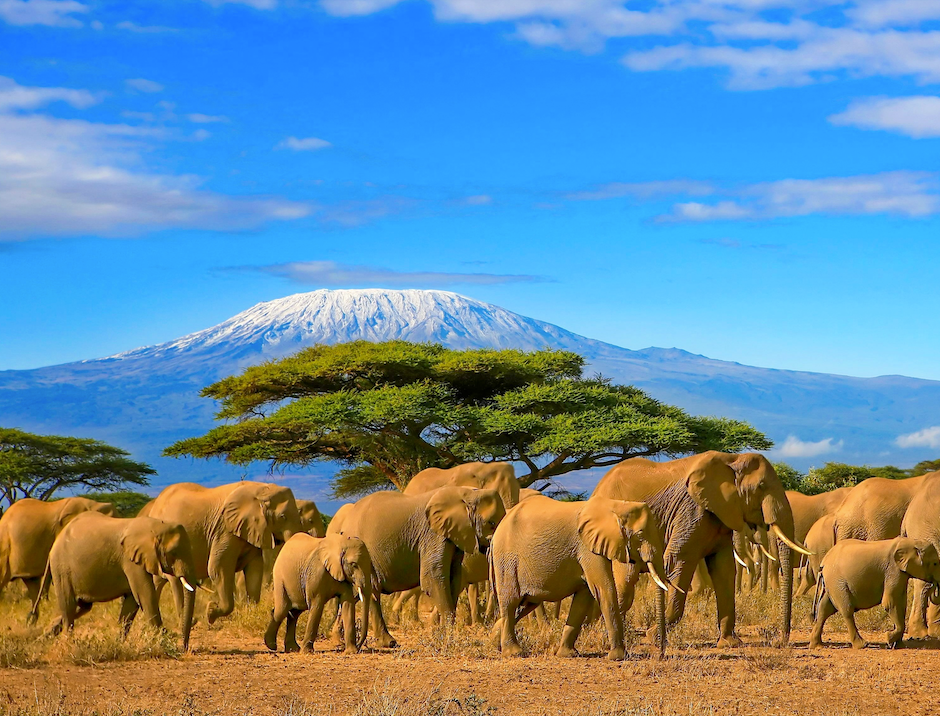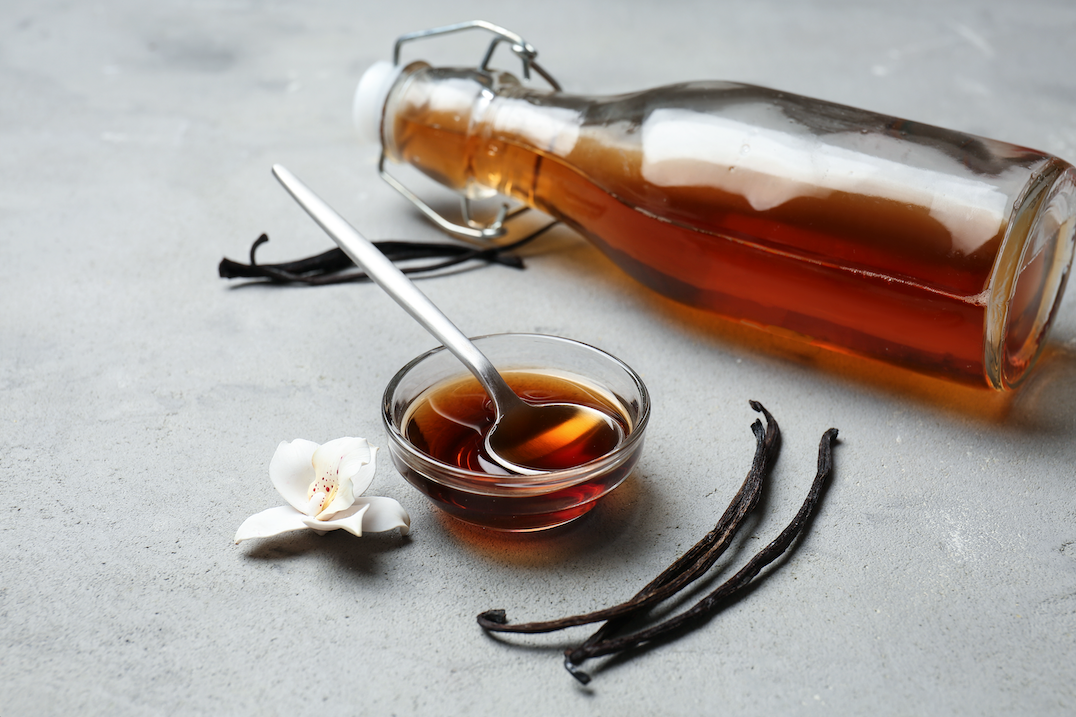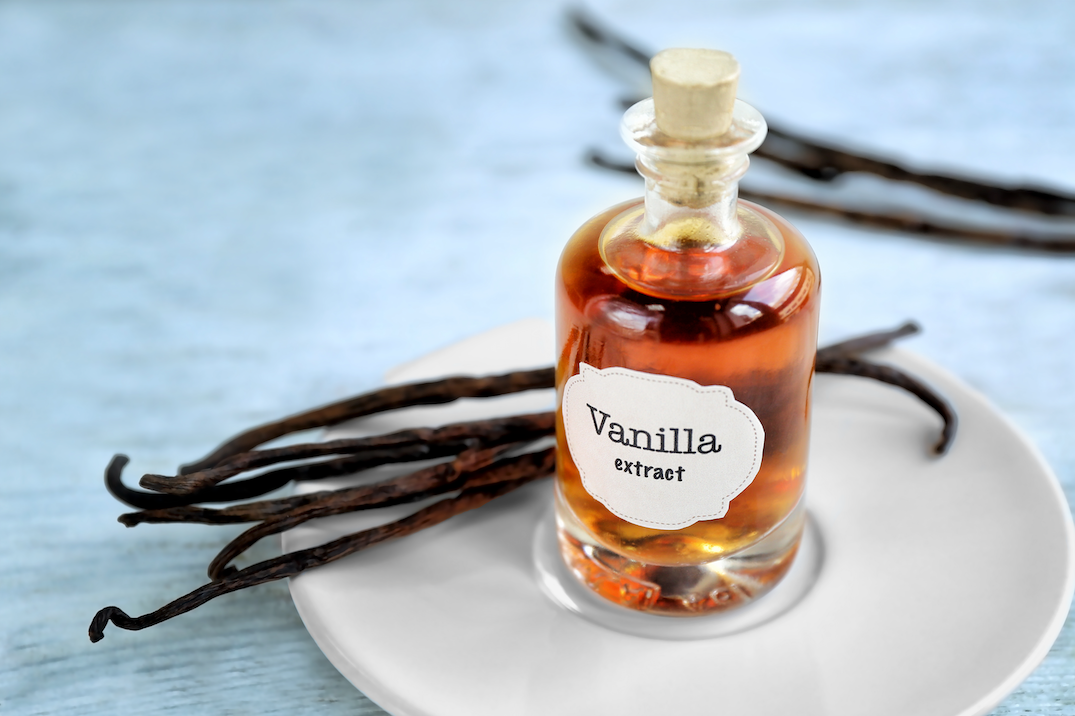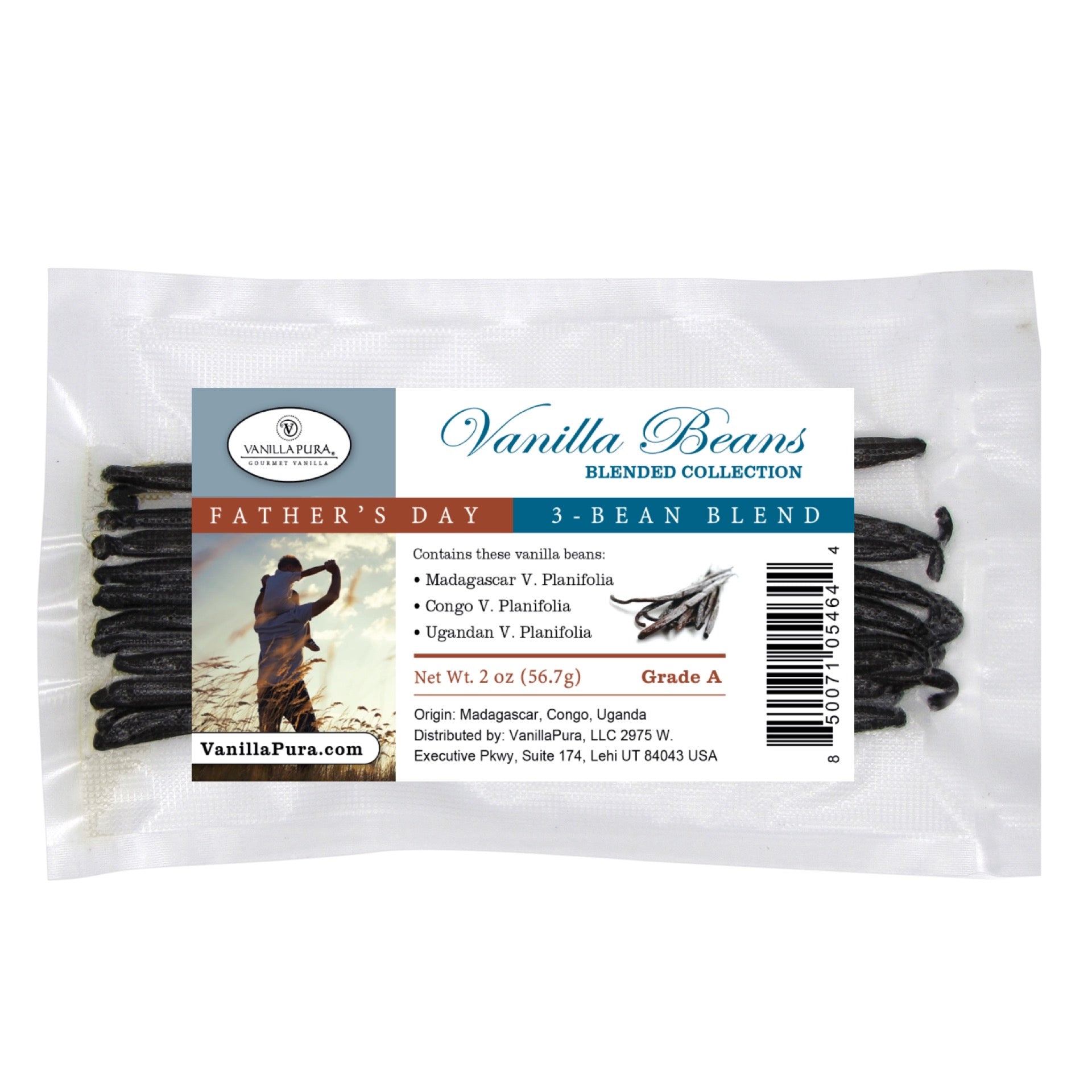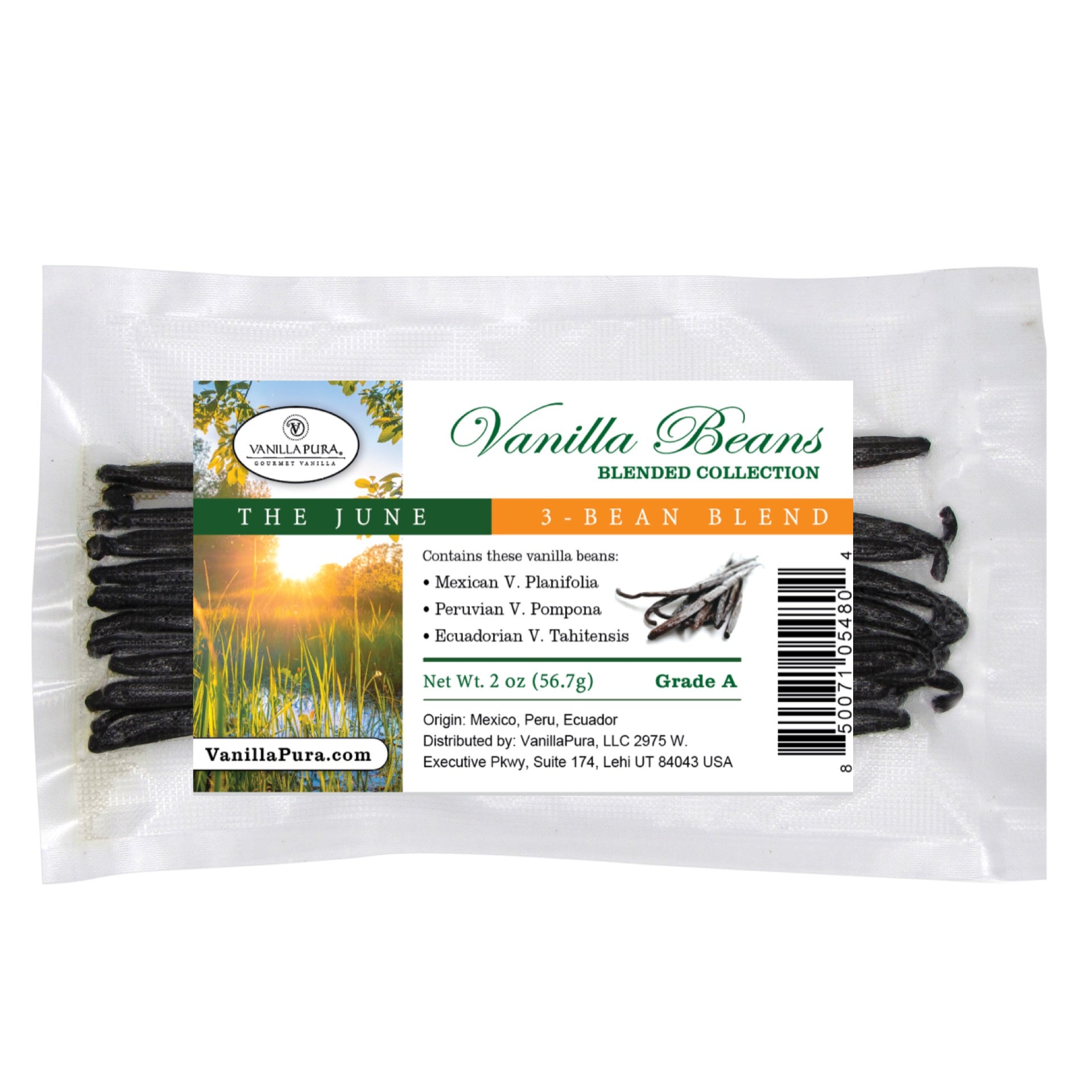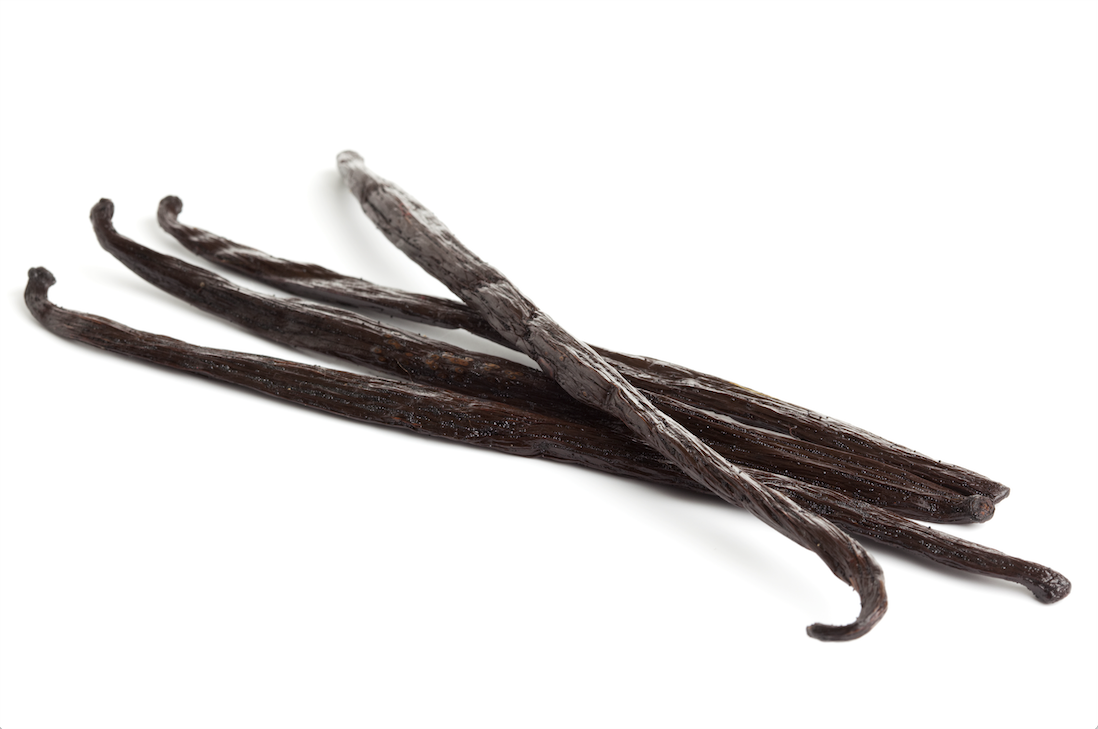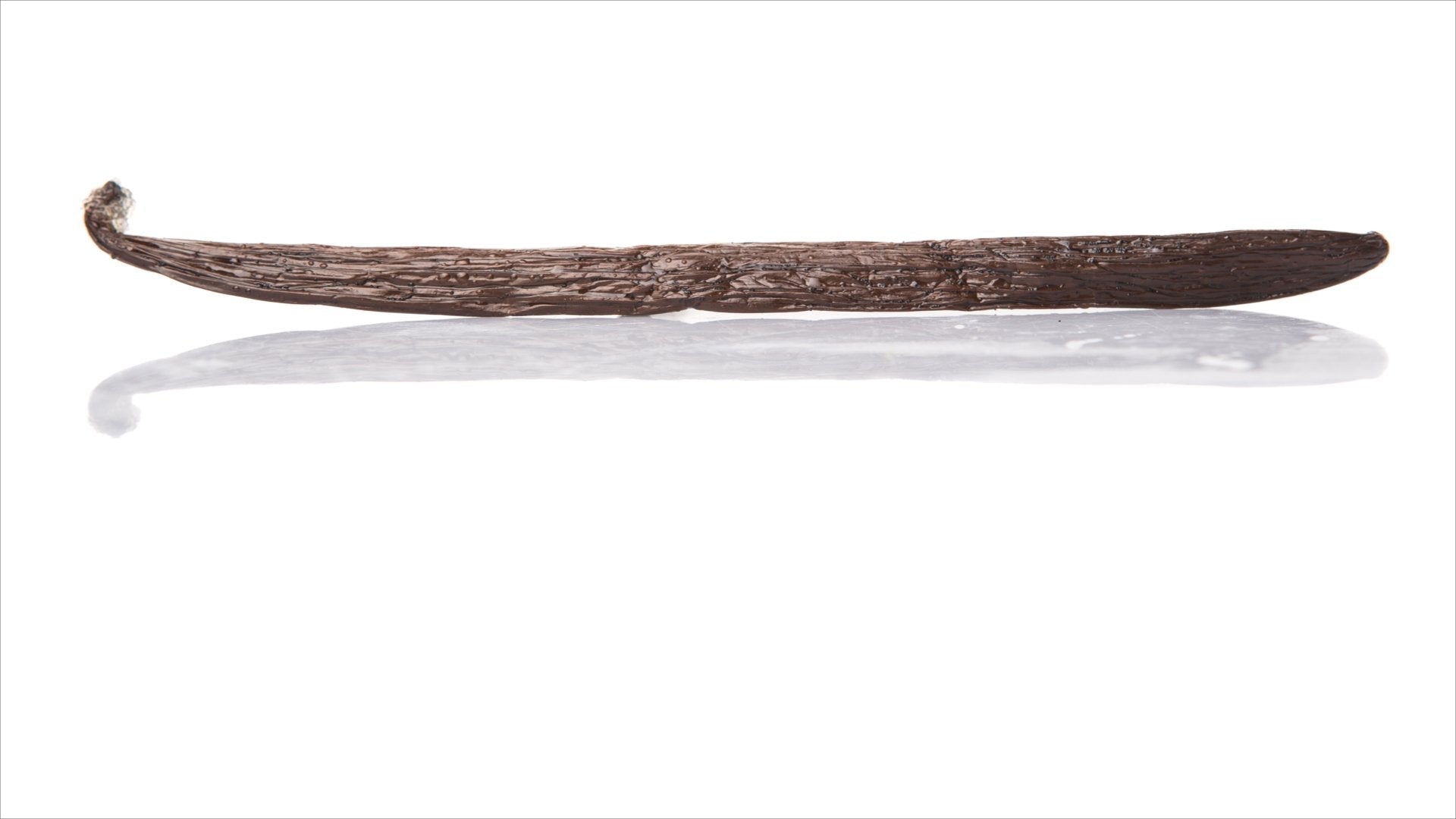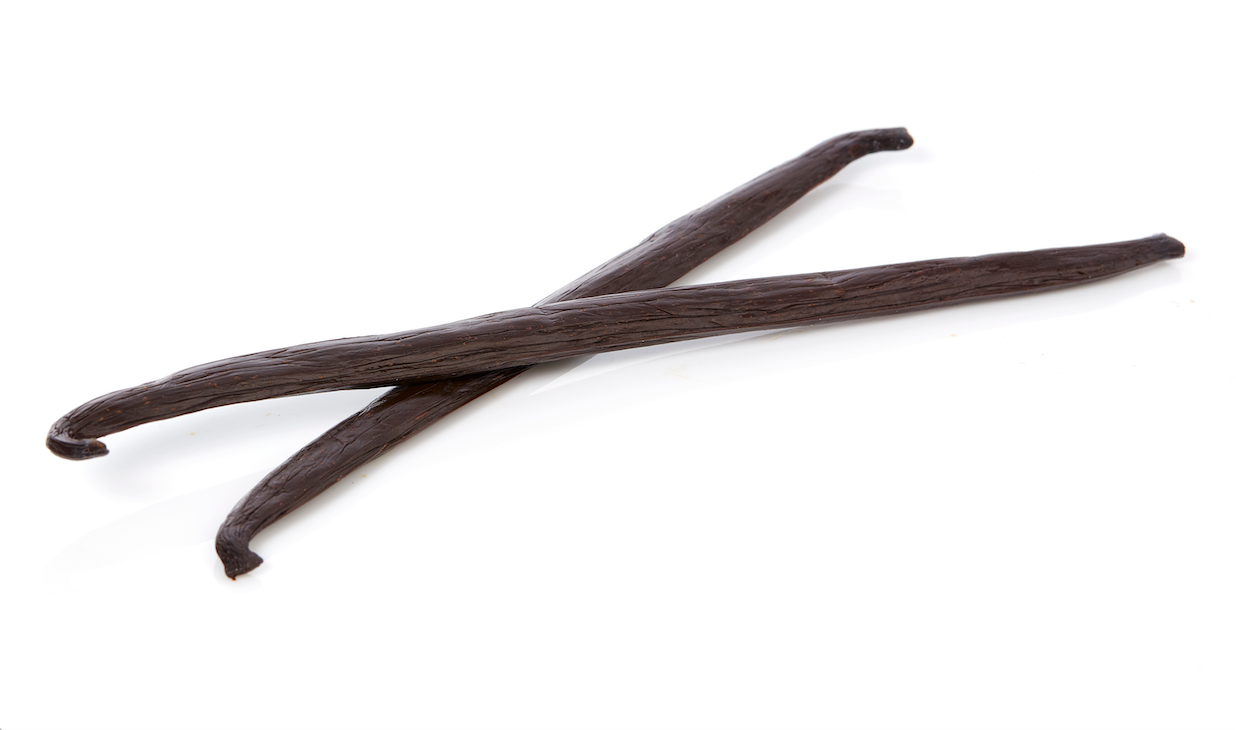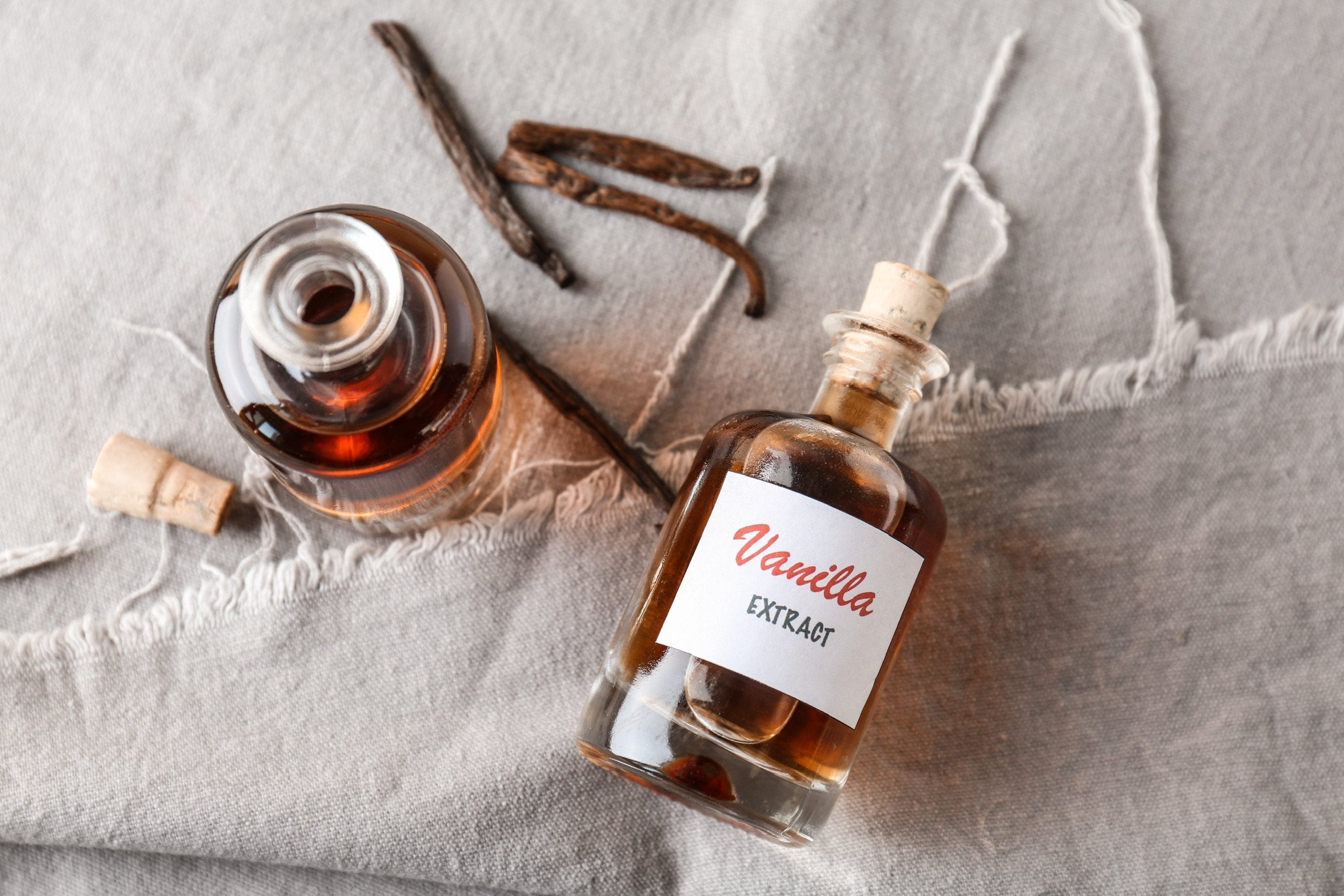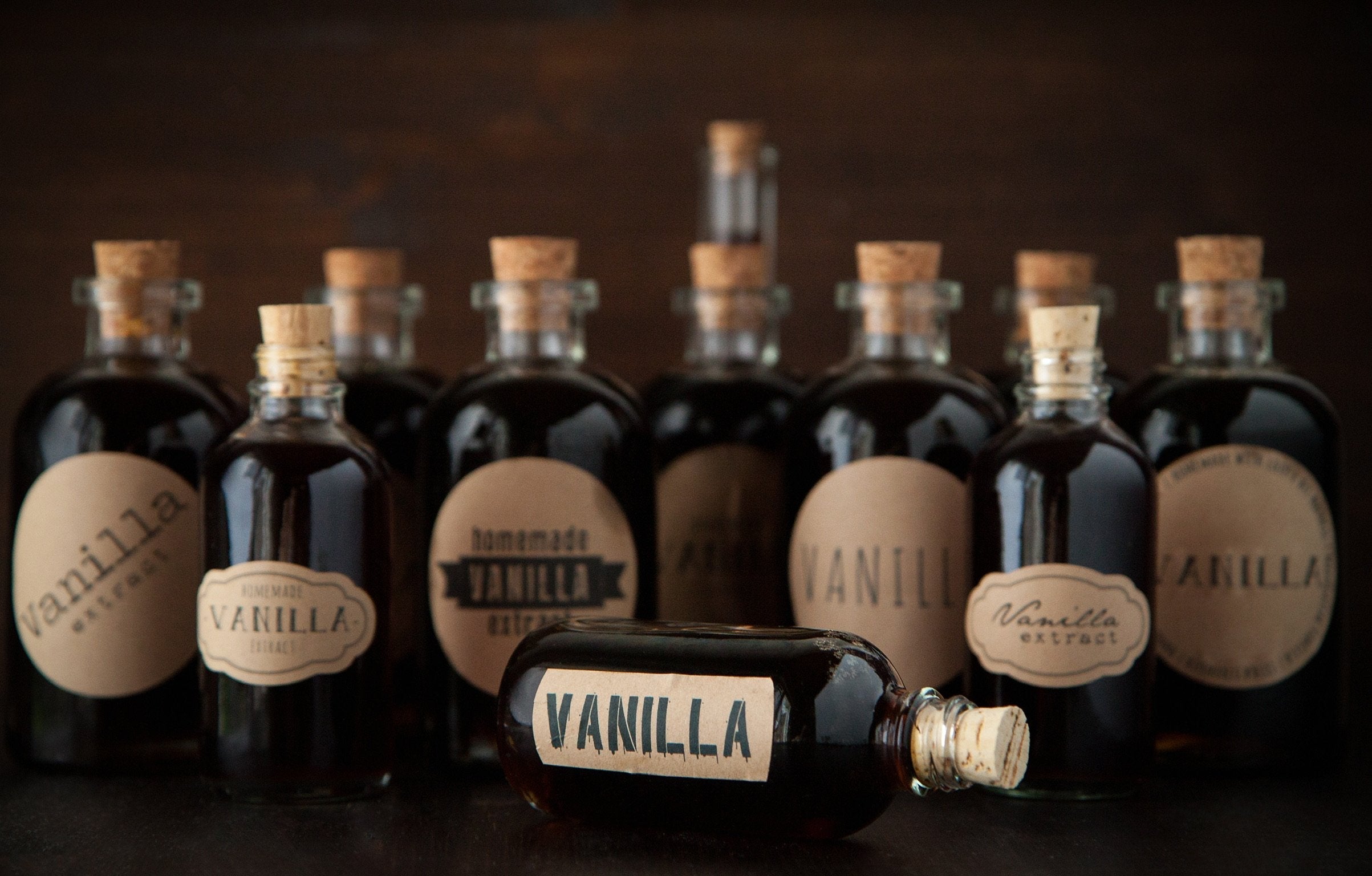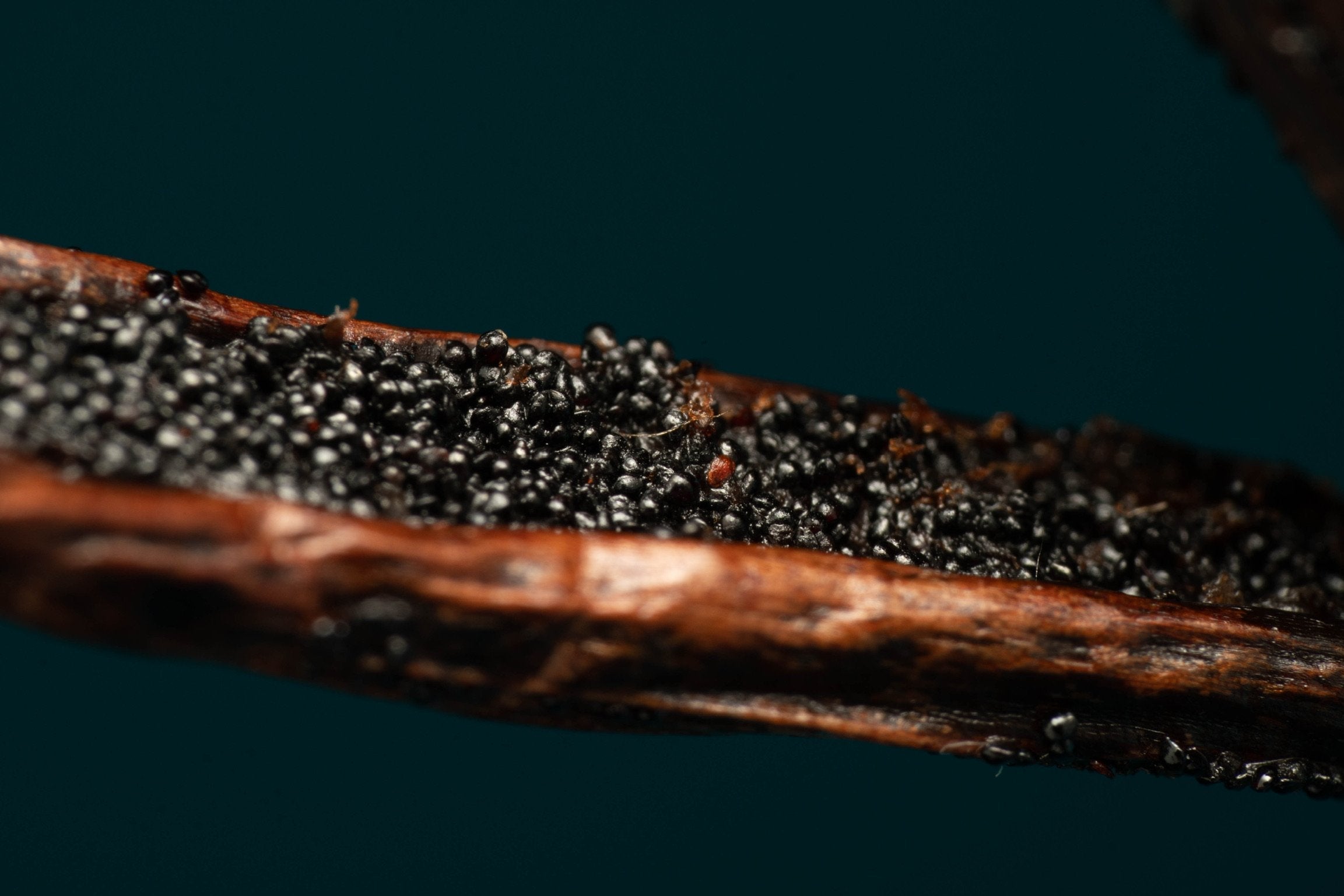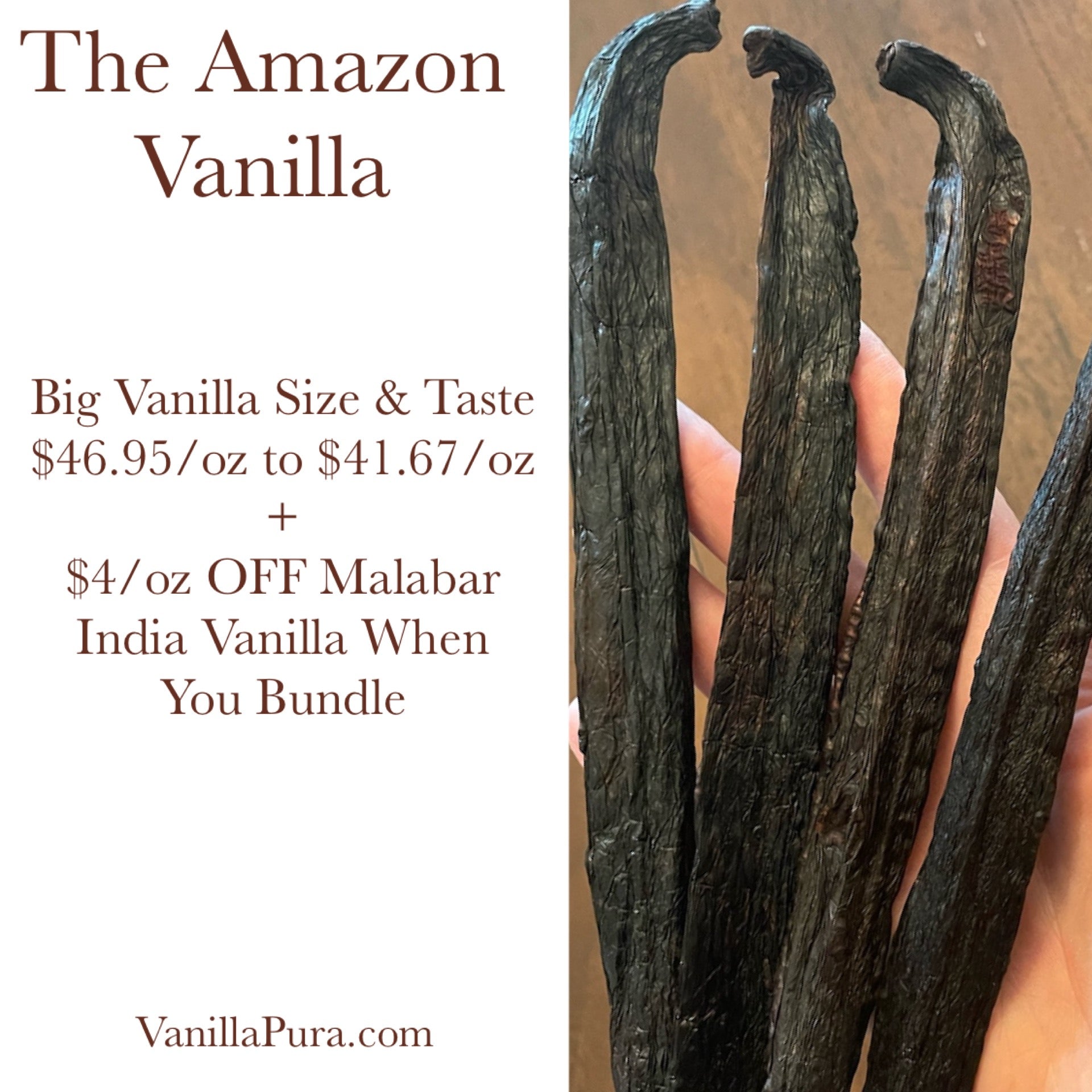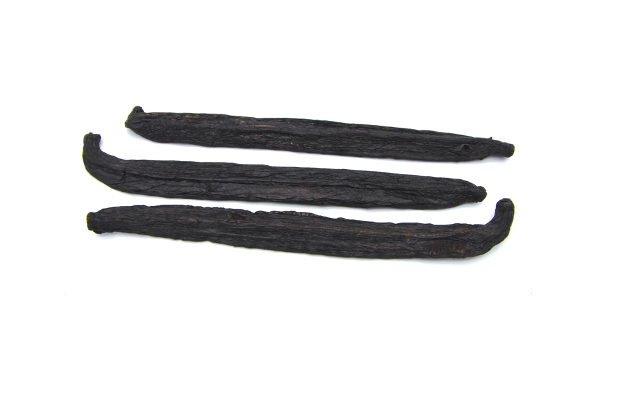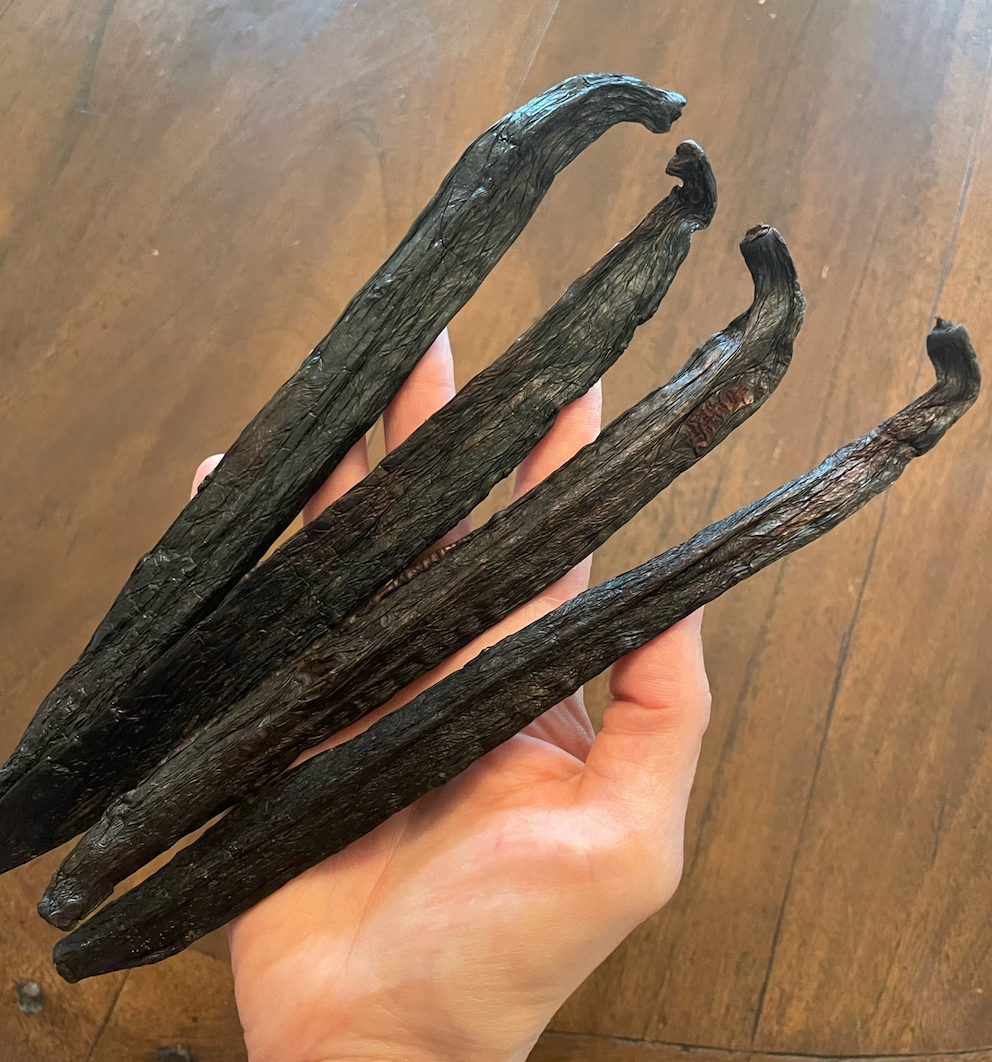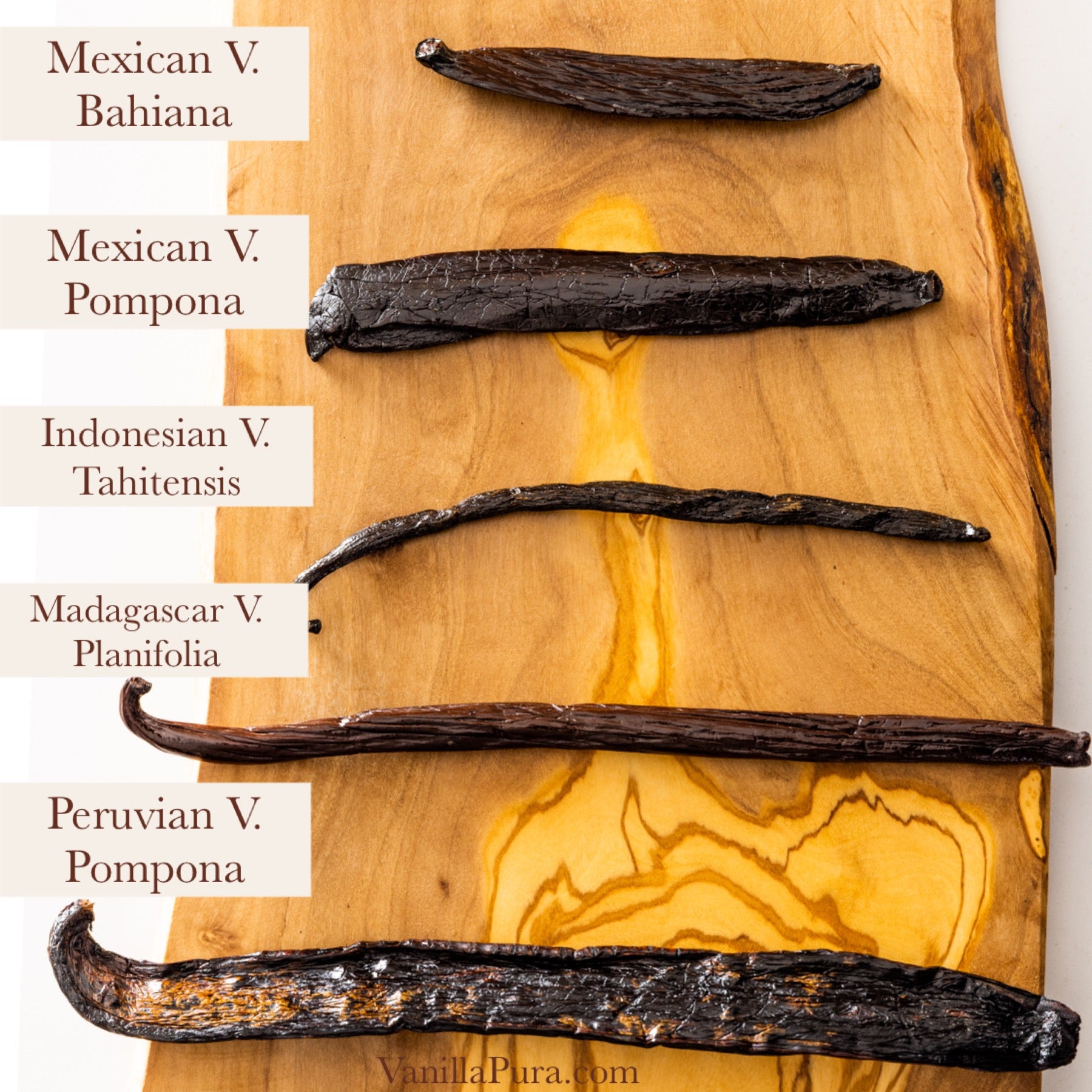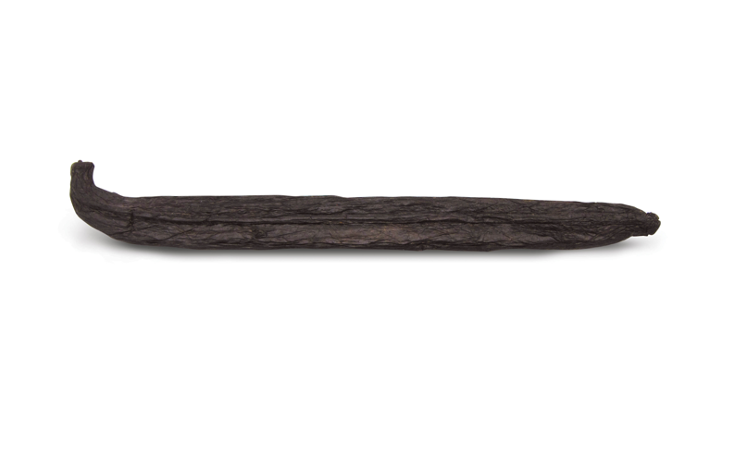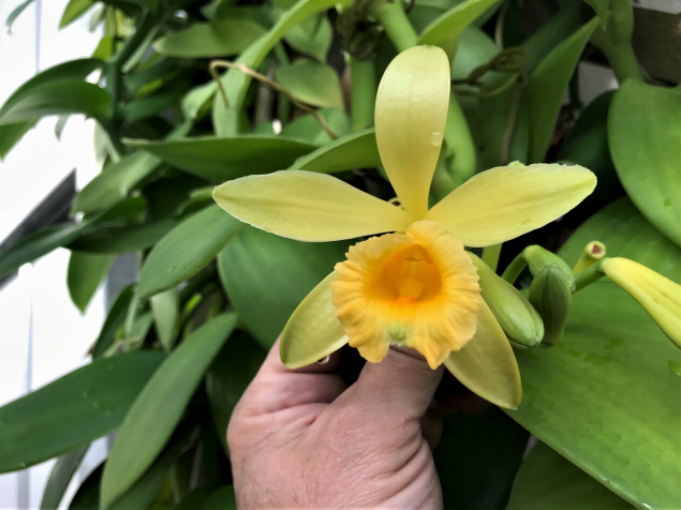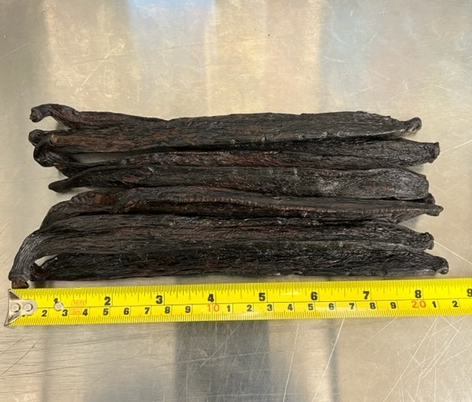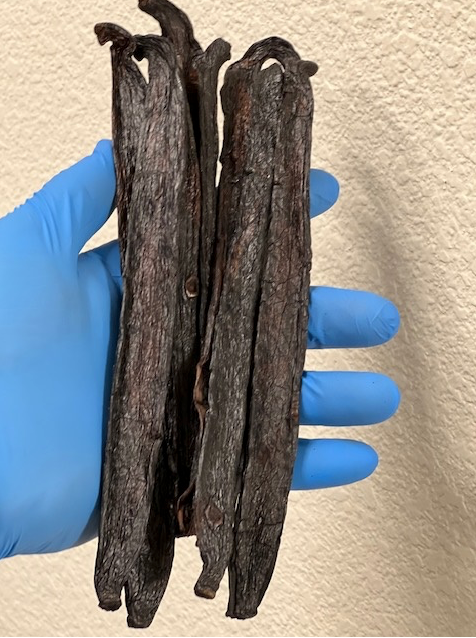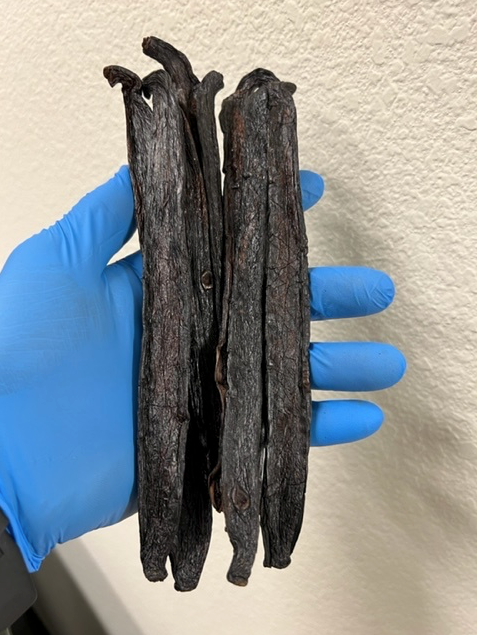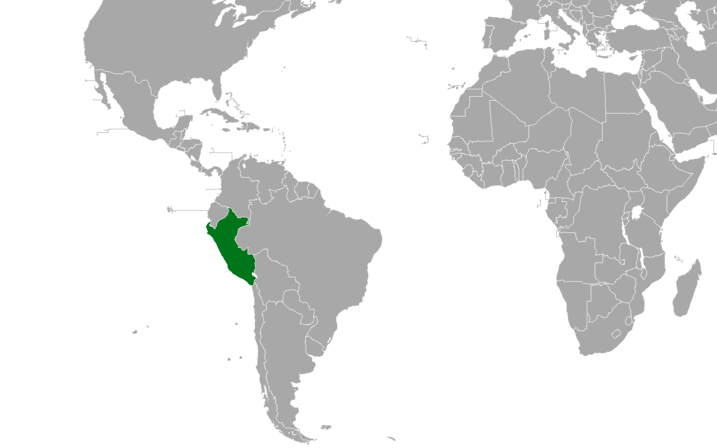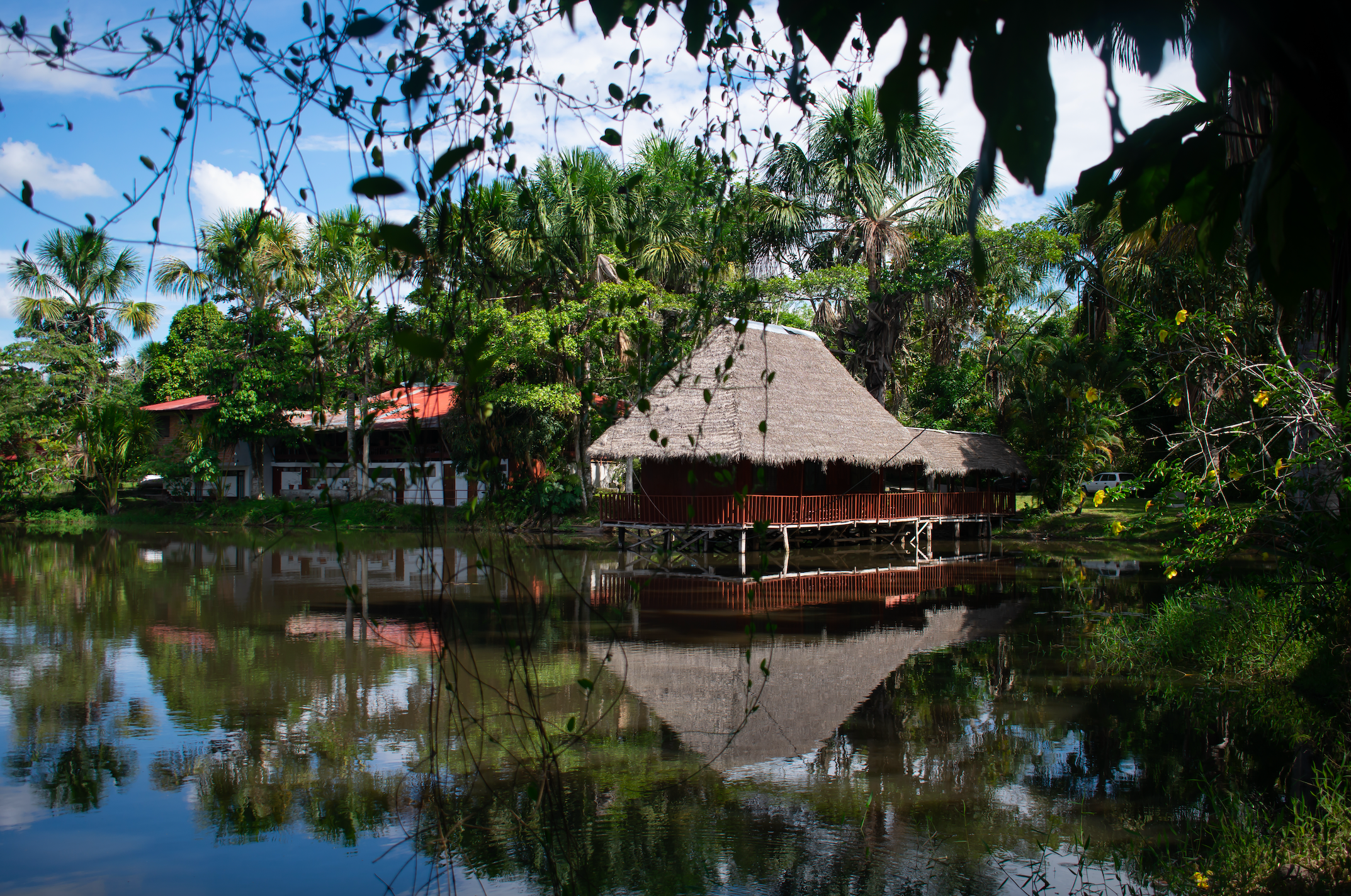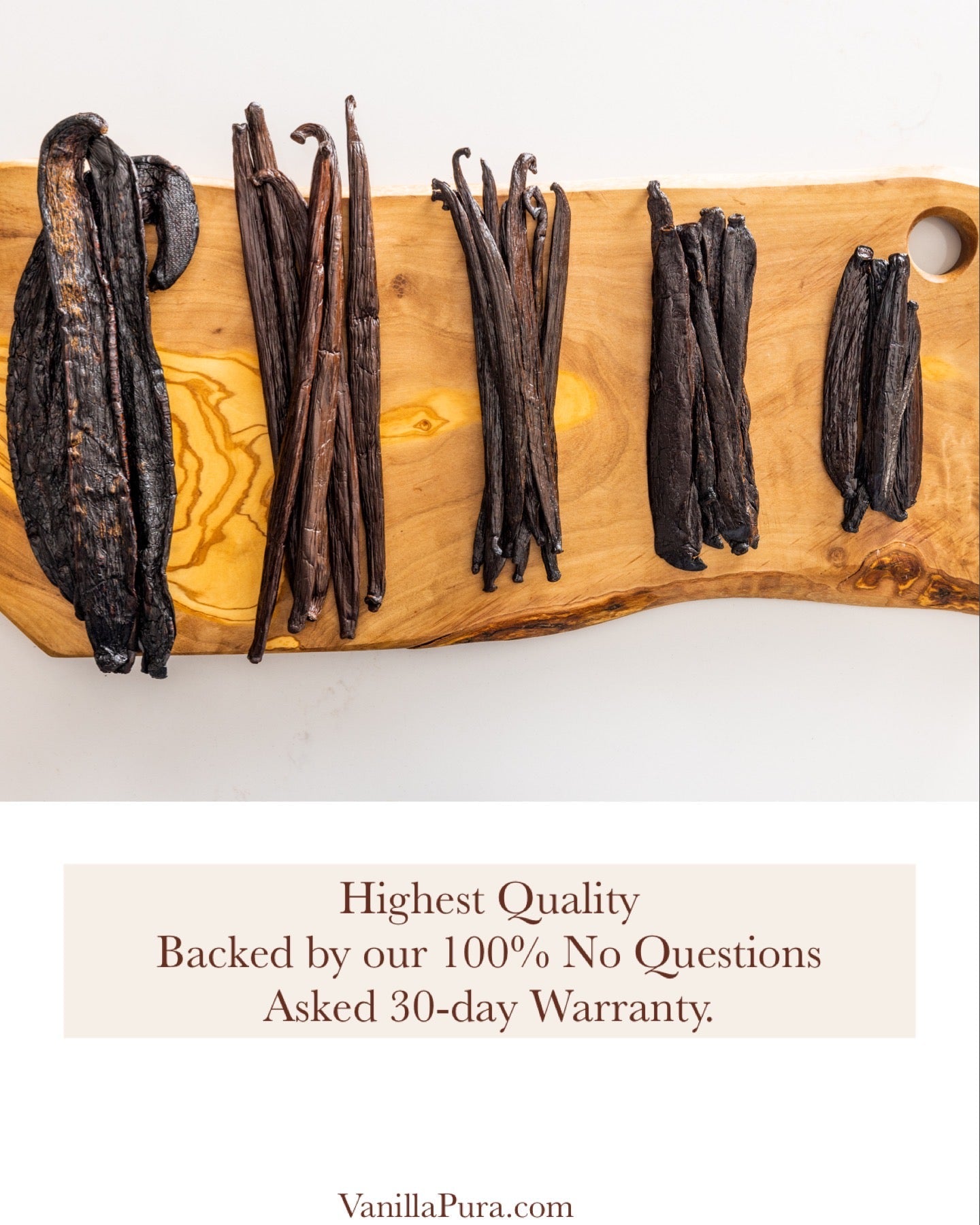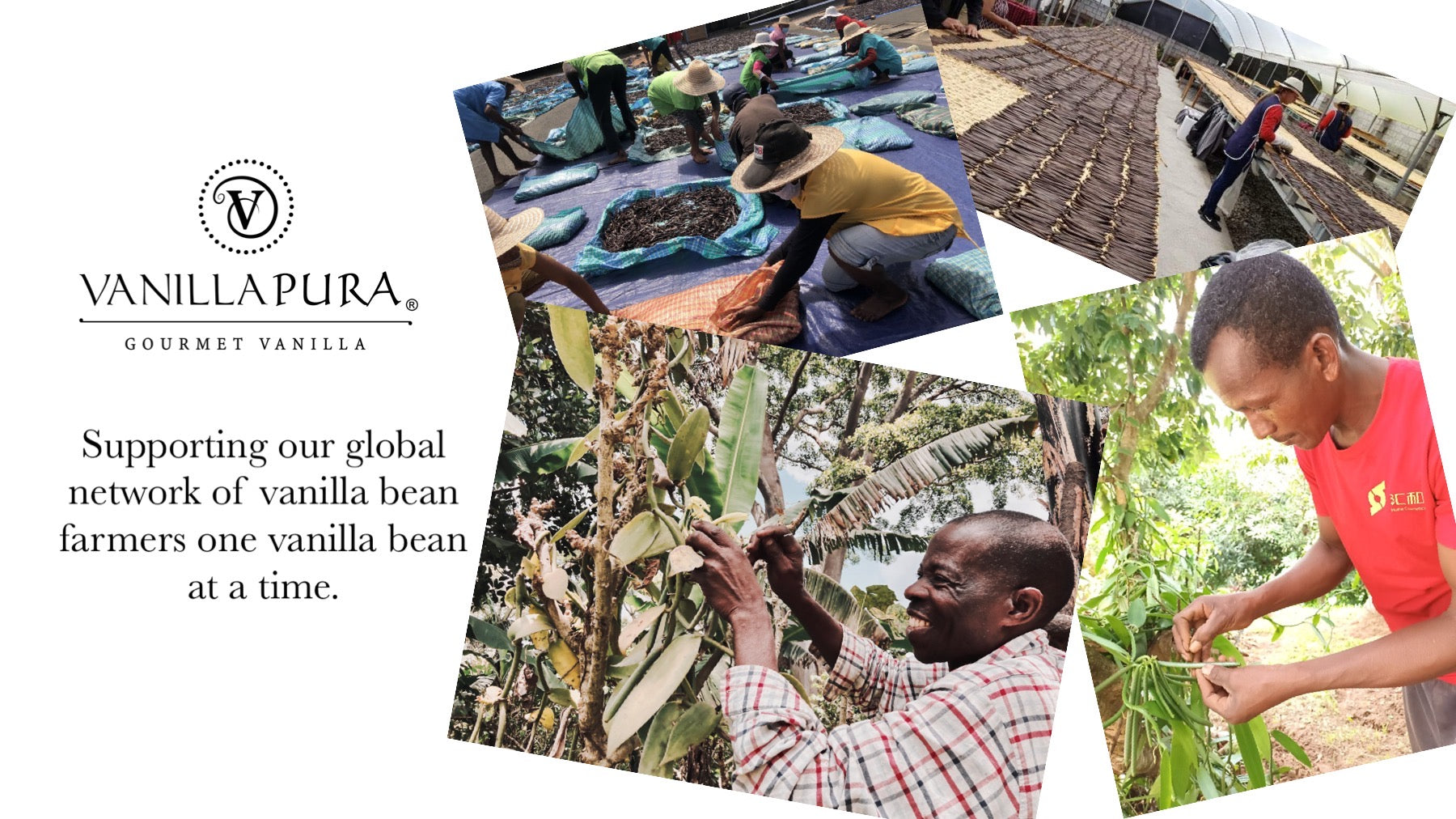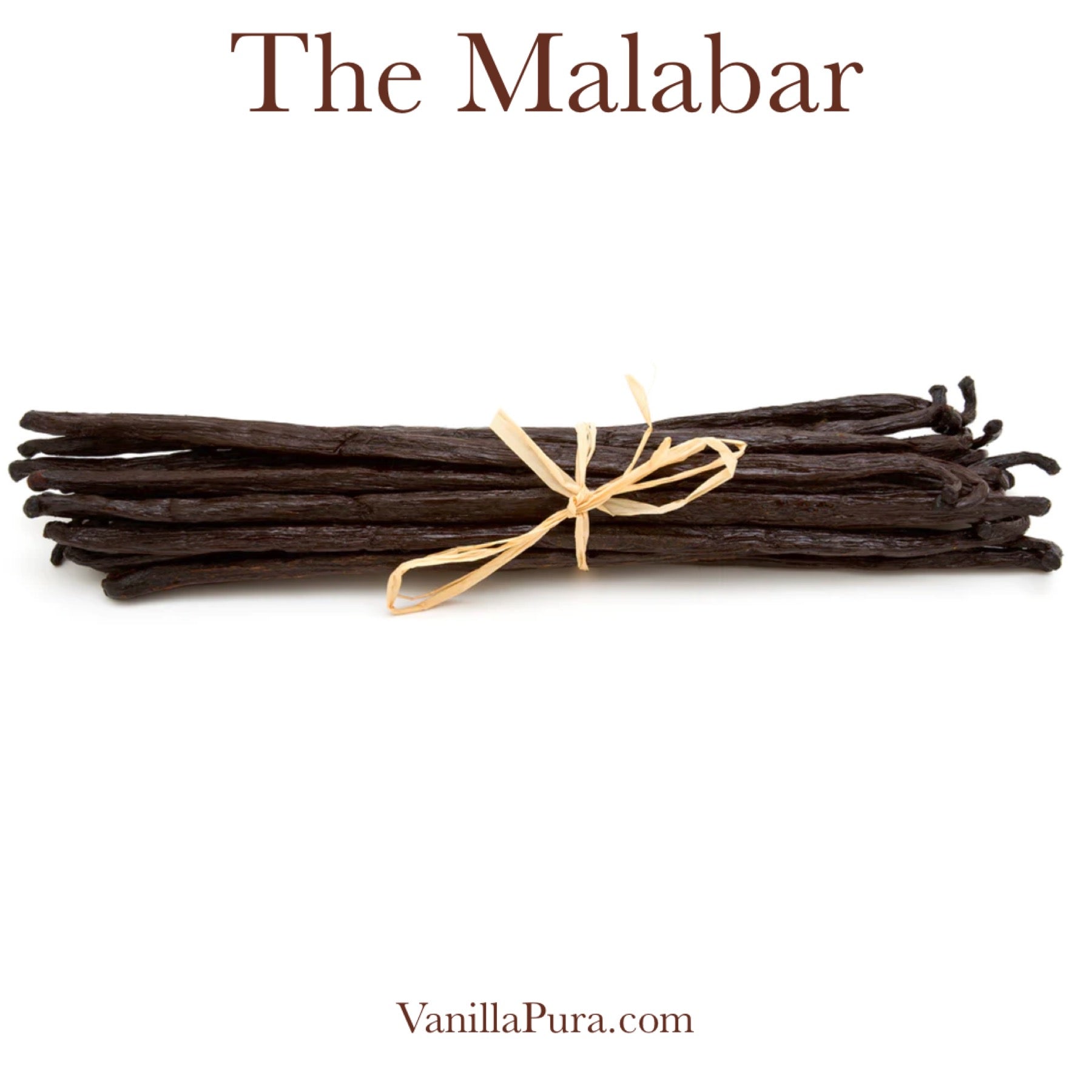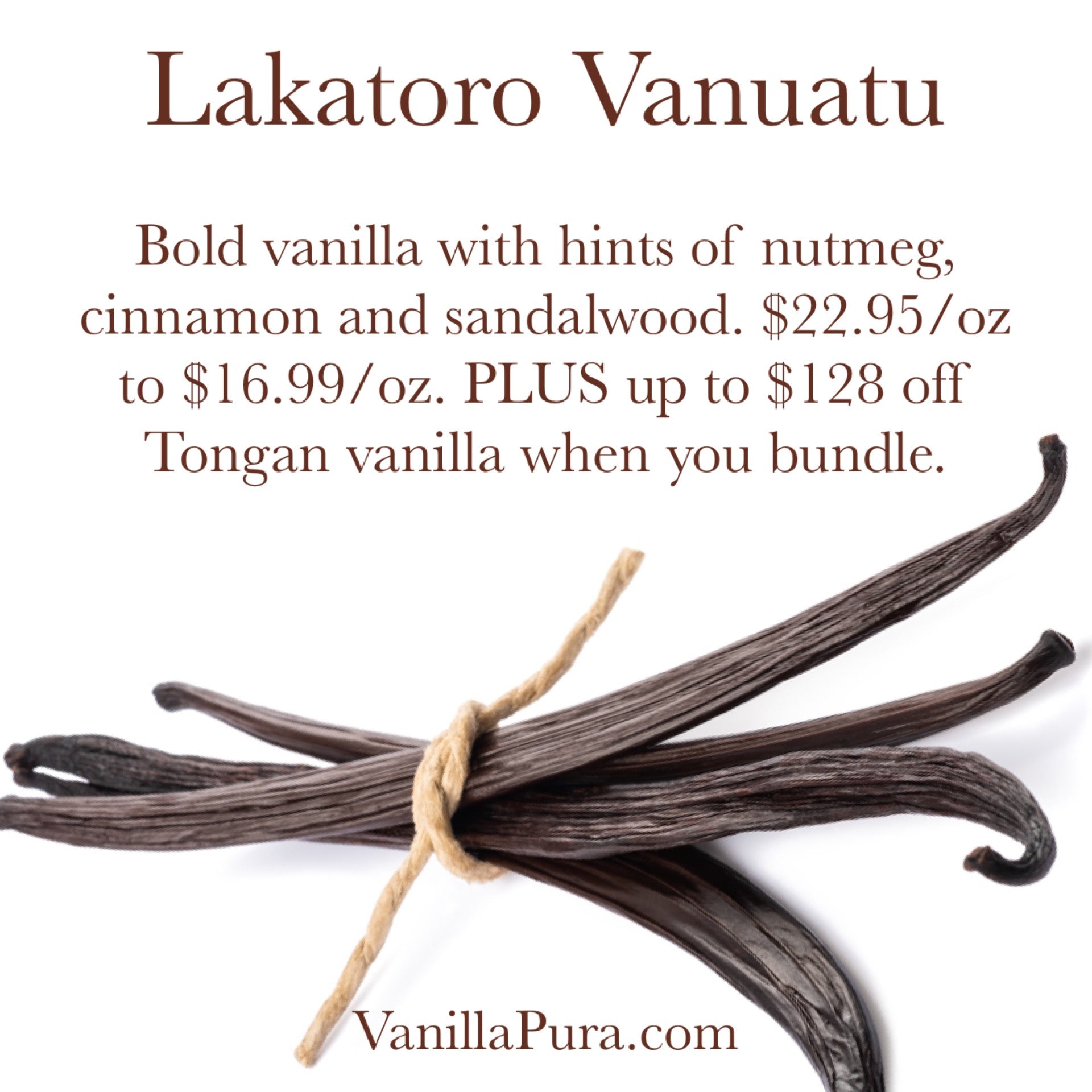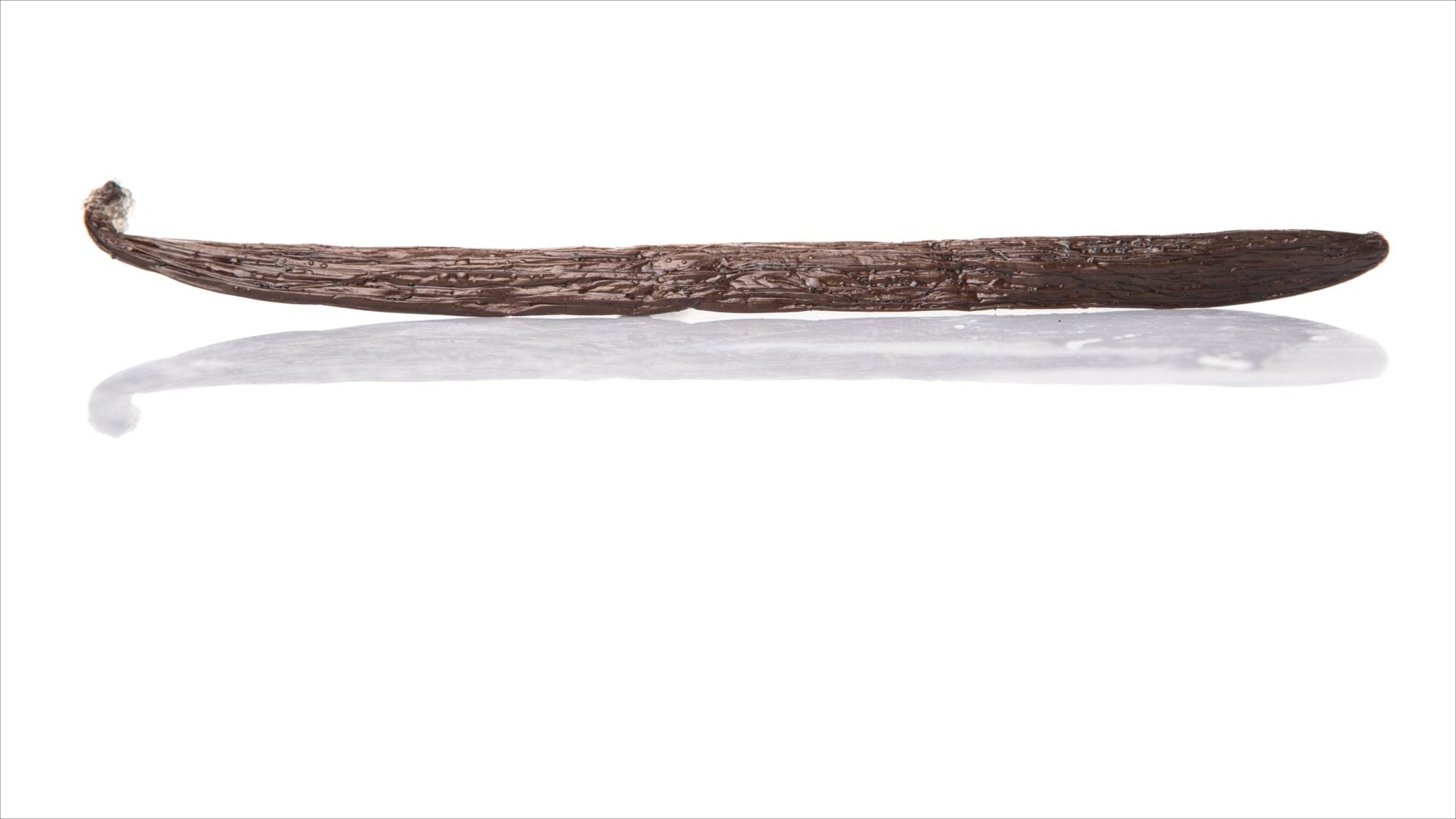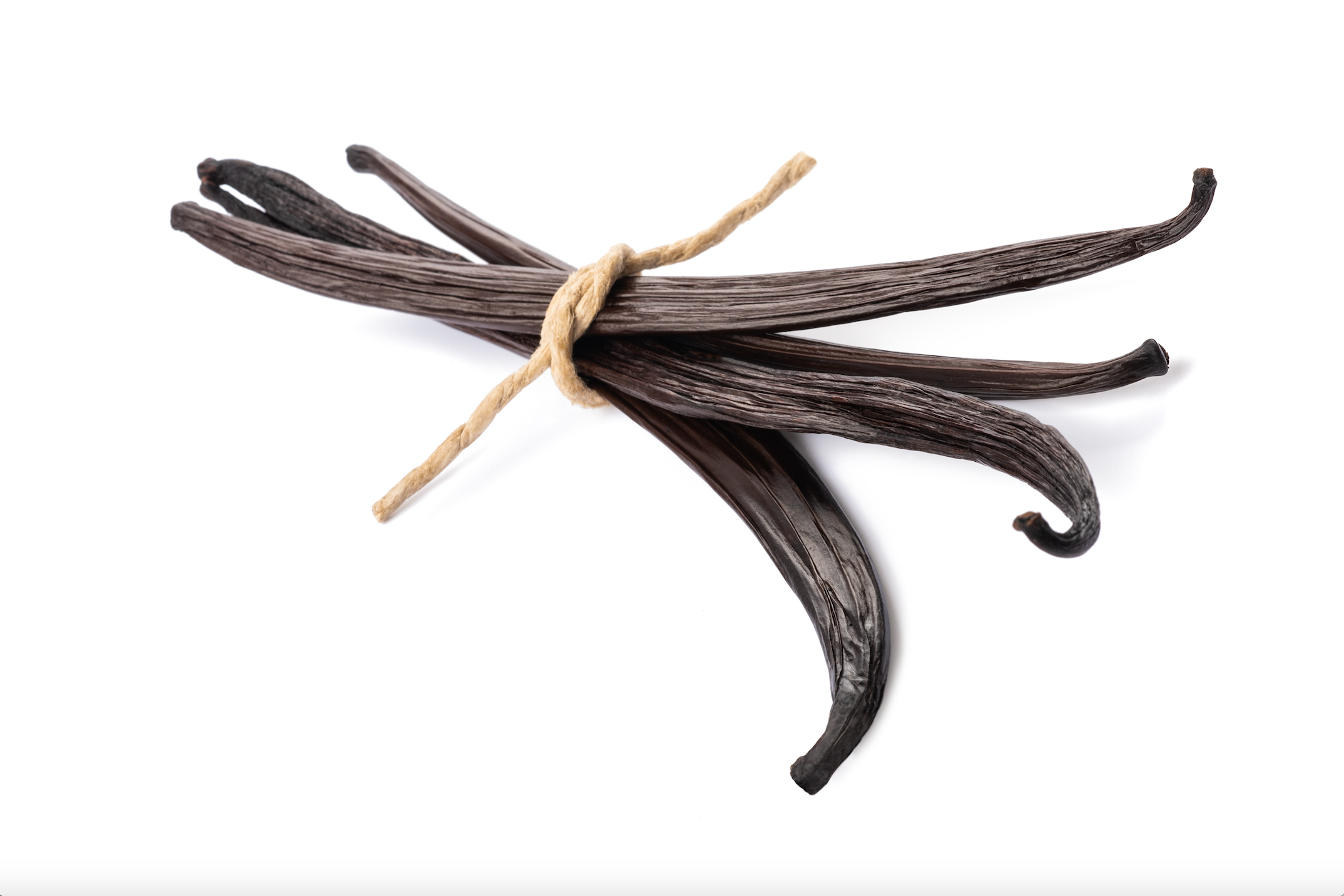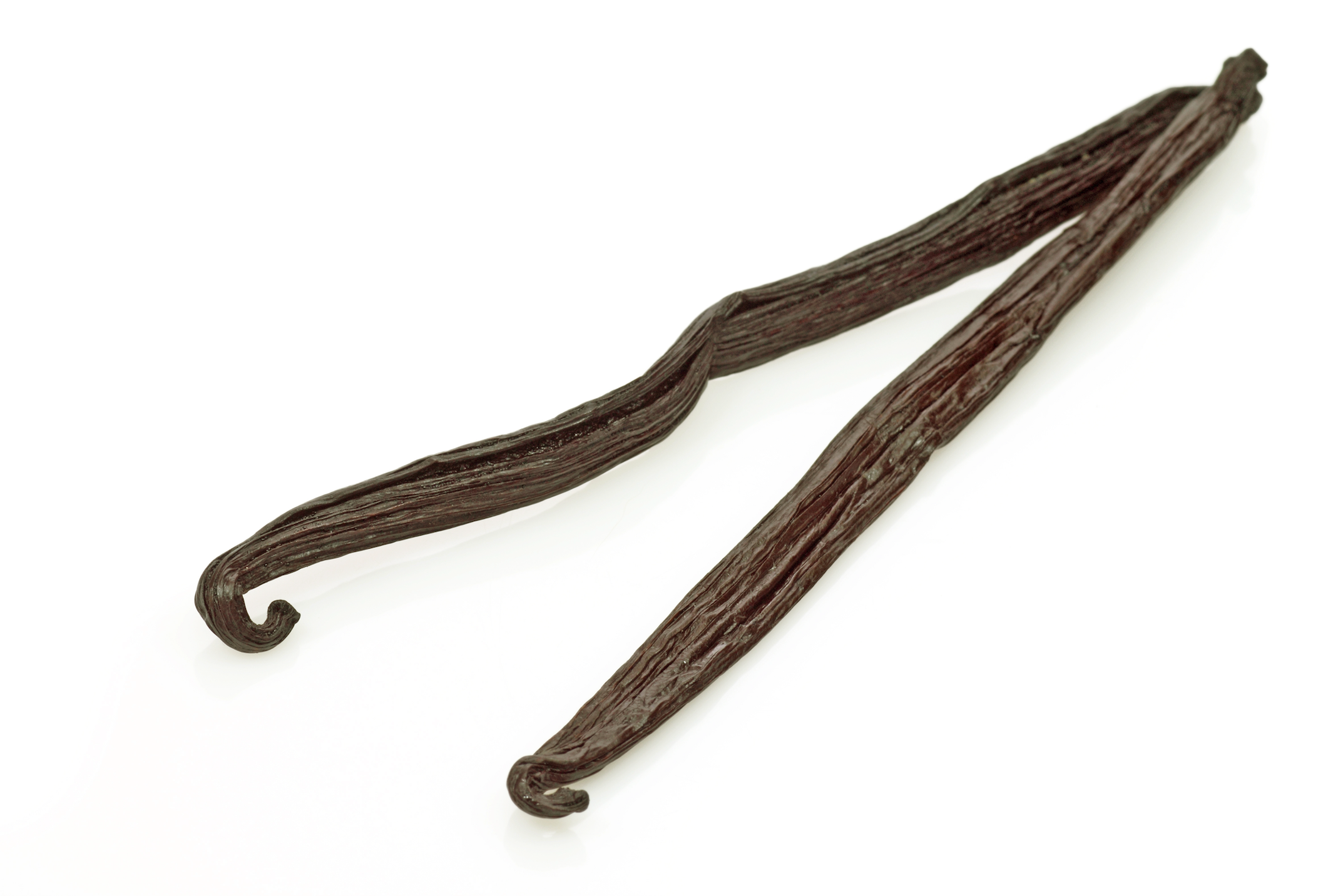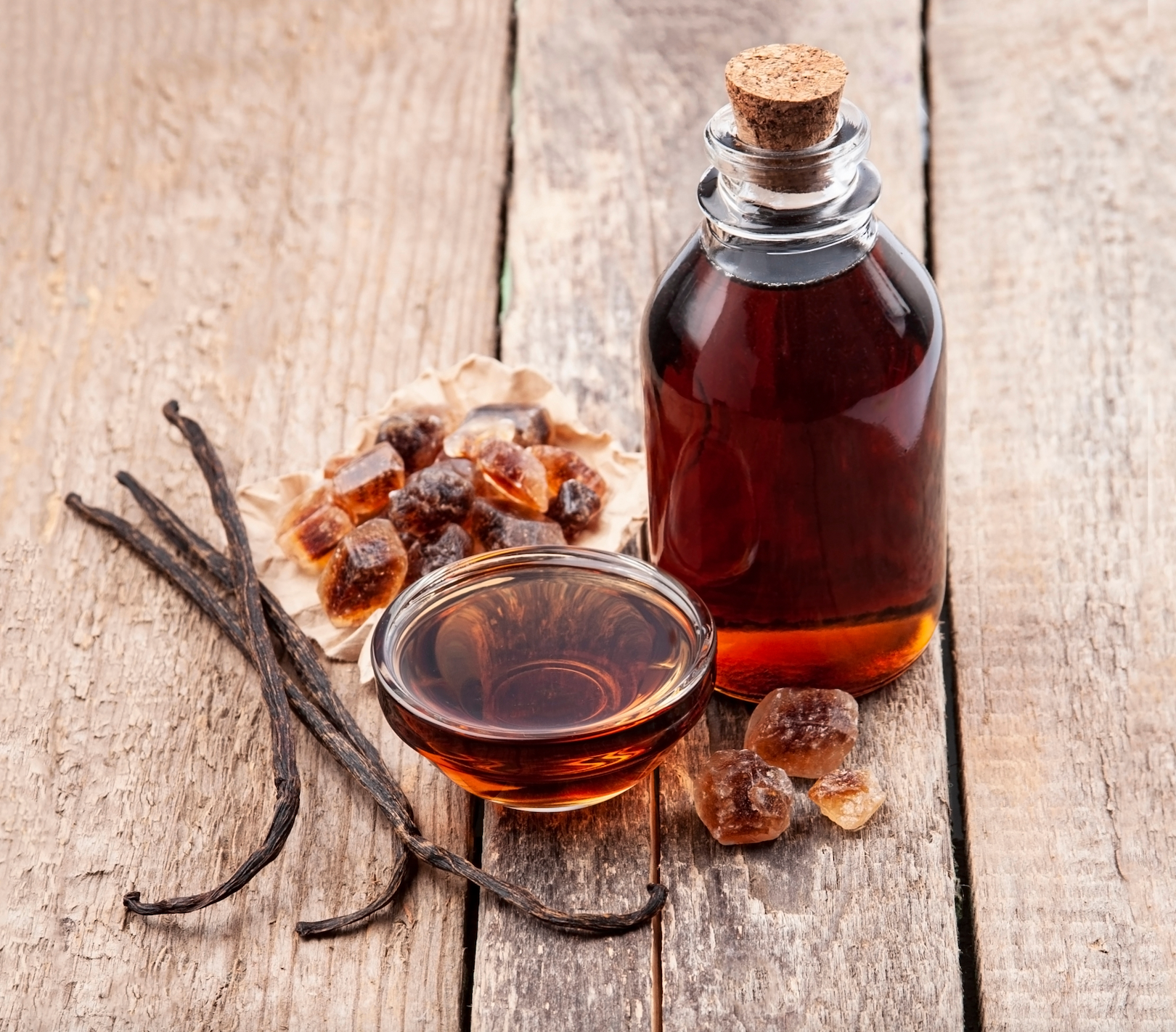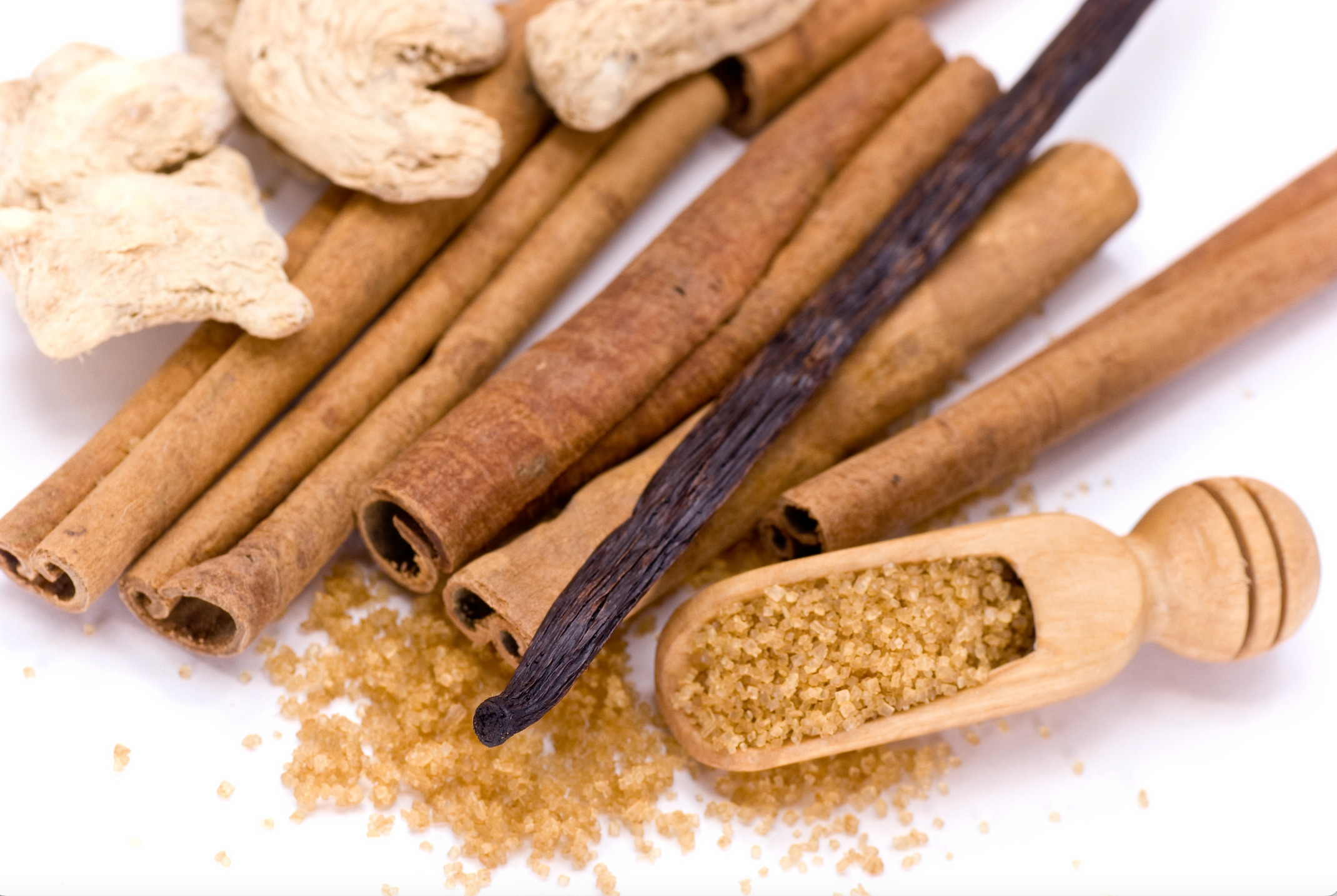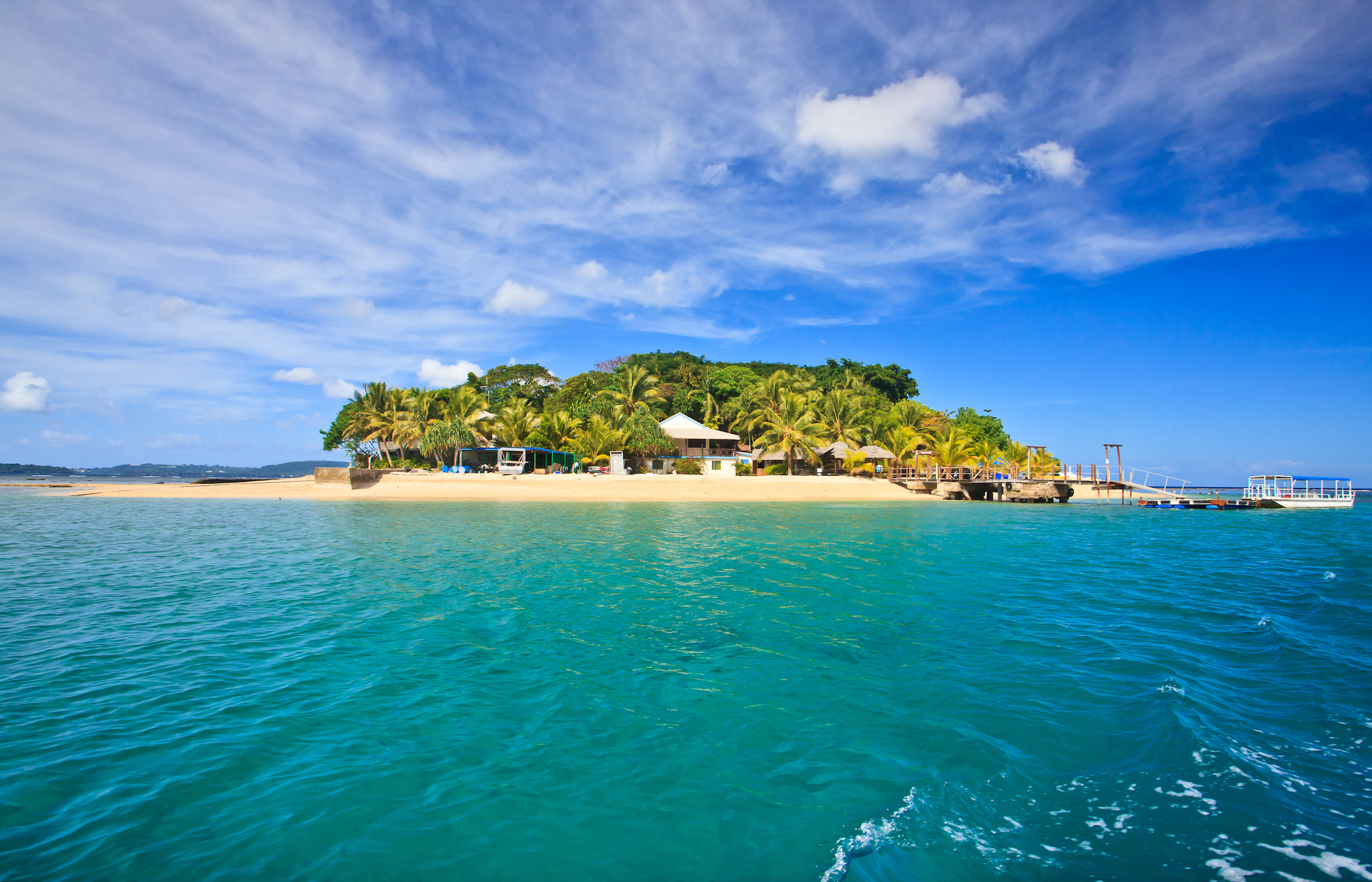Vanilla Bee Extinction

Vanilla is the 2nd most expensive spice on the planet, just behind saffron, and a very unique bee that is nearly extinct is behind the vanilla orchid's proliferation.
Order The Art of Extract Making. The first professionally published extract-making book of its kind will begin shipping in October, 2023.
Almost every vanilla bean in the world is, sort of, a Mexican vanilla bean. Here's why...
The Totonacs of Veracruz Mexico are the first people in the world known to have cultivated vanilla beans. By the 1400's, the Aztecs had begun using vanilla beans to enhance the taste of chocolate.
When Spanish explorer Hernan Cortez discovered the spice, he brought a large supply back with him to Spain and introduced it to the King and Royal Court. It's popularity grew and vanilla bean plantations quickly began to spread across Europe, into Africa and Asia.

But here was the problem: The vanilla vines grew and the flowers bloomed, but no fruit (no vanilla beans) grew from them. Why? They forgot to bring the bees. But not any bee would work. It had to be a small melipona bee from Mexico that is nearly extinct.
Eventually, the Spaniards figured out the problem and the process of hand pollination began. Even today, the vast majority of the world's vanilla beans are grown through hand pollination. In this video, you can see how hand pollination takes place, in vanilla plantations all around the world.
Vanilla beans have survived through centuries because of the Mexican melipona bee. It is (maybe was) the only bee on earth that was capable of pollinating a vanilla orchid. As a result, vanilla orchids that grow in the wild are also in danger of becoming extinct.
Vanilla Orchid flowers are hermaphroditic, meaning they contain both male and female parts. Because of a plant tissue in each flower called the rostellum that covers the stem, the flower cannot self pollinate. In addition, the pollen on a vanilla orchid is highly inaccessible to most pollinating insects, so a typical honey bee cannot access vanilla orchid pollen. The Melipona bee had evolved in a way that allowed it to find the vanilla pollen and carry it to other vanilla flowers for fertilization.
Vanilla beans today are literally on life support. They would largely be non-existent without the help of human, hand pollination. With ongoing research that is taking place today, we hope to find a solution to vanilla bean cultivation that is self-sustaining and long-term.
In the meantime, vanilla beans will continue to be one of the most expensive and difficult spices to harvest in the world.
Here's a video of us hand pollinating vanilla beans with our Hawaiian vanilla bean farmer in April 2022, so you can see how it's done. More than 1,000 orchids were pollinated the morning we were there.
Click here to learn more about our vanilla bean group buy program that allows you to bundle your order with others for the lowest prices on gourmet vanilla beans.



































